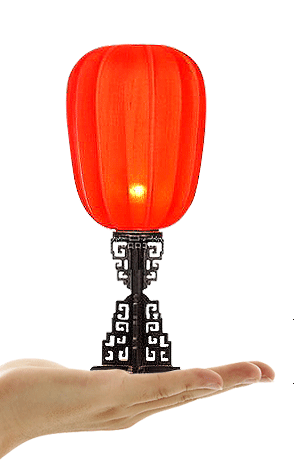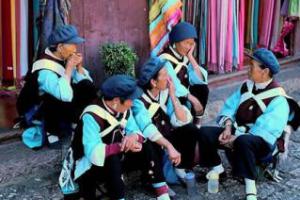West Hill – Dragon Gate – Pharmacy - Flower market - Yuantong Temple
West Hill: West Hill is very beautiful with lush vegetation, blooming flowers, green grass and tranquil surroundings. West Hill has enjoyed great fame for its beautiful and unique natural scenery since ancient time and was renowned as " the most beautiful place in Yunnan". West Hill is also known for stone sculptures on the cliff, represented by the Dragon Gate, which took 72 years to complete. Tourists can take a bird-eye view of the grand Dianchi Lake from the spot of the Dragon Gate.
Pharmacy : Visit a local pharmacy.
Flower market:Yunnan has developed into the largest flower export base in Asia, with many Dutch experts having transferred technology to the area. The Dounan Flower Market, located in suburban Kunming, is the largest in China with daily sales of 2.5 million yuan (USD 300,000) from the 2 million sprays of flowers (as of 2006).
Yuantong Temple :Yuantong Temple is at the foot of Yuantong Hill in the northern part of Kunming. With a history of more than 1,200 years, Yuantong Temple is the grandest as well as the most important Buddhist temple in Yunnan Province. King Yimouxun of the Nanzhao Kingdom built the temple during the late eighth century as a continuation of Putuoluo Temple, and the restorations to the temple performed from the Qing Dynasty onward had not changed Yuantong Temple's unique mixed architectural style of the Yuan and Ming Dynasties.
Lunch included : Lunch in a local restaurant.
Diner included : Diner in a famous restaurant – Yikeyin.


 goback
goback

